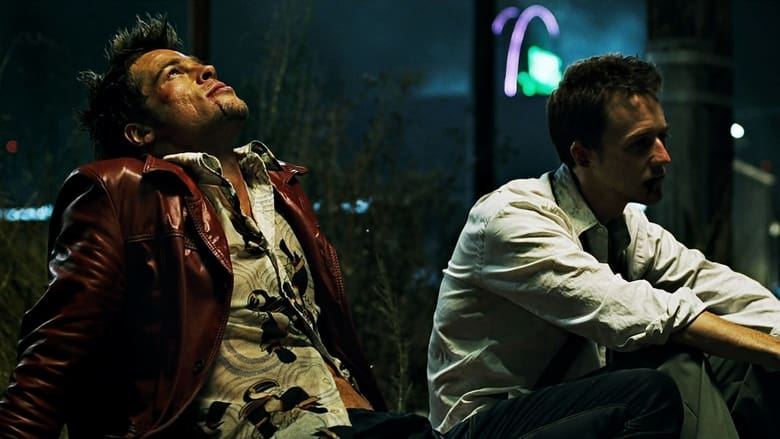Unleashed fury: movies exploring aggressive energy and murder
Delve into the raw intensity of films that unflinchingly explore aggressive energy and murder. From cult classics to modern thrillers, these stories expose the darkest corners of the human psyche.


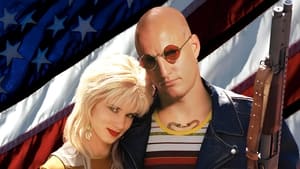
The exploration of aggressive energy and murder in cinema is a descent into the darkest recesses of the human condition. These films often serve as mirrors, reflecting societal anxieties, moral decay, and the simmering rage that can erupt into violence. They challenge us to confront uncomfortable truths about ourselves and the world around us.
Consider 'Fight Club', a visceral portrayal of male angst and societal disillusionment, or 'American Psycho', a chilling satire of consumerism and the emptiness of the yuppie lifestyle, masked by psychopathic tendencies. Then there's 'A Clockwork Orange', Stanley Kubrick's disturbing vision of a dystopian future grappling with free will and the brutal consequences of 'rehabilitation'.
These are not just tales of bloodshed; they are character studies, social commentaries, and explorations of the very nature of good and evil. Whether it's the gritty realism of 'Se7en' with its haunting depiction of depravity, the psychological unraveling in 'The Machinist', or the stark, unflinching violence of 'No Country for Old Men', each film offers a unique perspective on the aggressive energies that drive individuals to commit unspeakable acts. Prepare yourself for a journey into the heart of darkness, where the line between predator and prey blurs, and the consequences of unchecked aggression are laid bare.
12. Zodiac (2007)
David Fincher's Zodiac is a meticulous and unsettling crime thriller based on the true story of the Zodiac Killer, who terrorized the San Francisco Bay Area in the late 1960s and early 1970s. Jake Gyllenhaal, Robert Downey Jr., and Mark Ruffalo deliver compelling performances as individuals obsessed with solving the case, each driven by their own personal motivations. The film's realistic portrayal of the investigation, its attention to detail, and its ambiguous ending create a sense of frustration and unease, reflecting the real-life challenges faced by law enforcement and amateur sleuths alike. Unlike many crime thrillers, Zodiac focuses more on the process of investigation and the psychological toll it takes on those involved, rather than providing a definitive resolution.
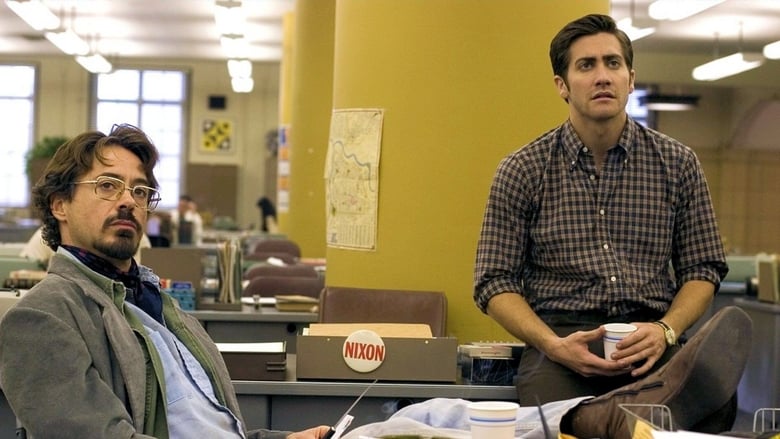
11. Psycho (1960)
Alfred Hitchcock's Psycho is a groundbreaking thriller that redefined the horror genre and cemented Hitchcock's reputation as a master of suspense. Anthony Perkins delivers a chilling performance as Norman Bates, the seemingly mild-mannered proprietor of the Bates Motel, who harbors a dark secret. The film's iconic shower scene remains one of the most shocking and influential moments in cinematic history. Hitchcock's masterful use of camera angles, editing, and Bernard Herrmann's haunting score creates a sense of unease and dread that permeates the entire film. The film was shot in black and white on a relatively low budget, which was a deliberate choice by Hitchcock to enhance the film's unsettling atmosphere and to circumvent censorship regulations regarding the depiction of violence.

10. No Country for Old Men (2007)
The Coen Brothers' No Country for Old Men is a neo-Western thriller that explores themes of fate, morality, and the encroaching darkness of the modern world. Javier Bardem delivers an unforgettable performance as Anton Chigurh, a ruthless and enigmatic hitman with a distinctive bowl cut and an unwavering commitment to his deadly profession. The film's spare dialogue, stark cinematography, and unrelenting tension create a sense of dread and inevitability. The ambiguous ending leaves the audience pondering the futility of resistance against the forces of chaos. Tommy Lee Jones's character, Sheriff Ed Tom Bell, serves as a moral compass in a world increasingly devoid of decency, questioning his own ability to confront the evil he encounters.
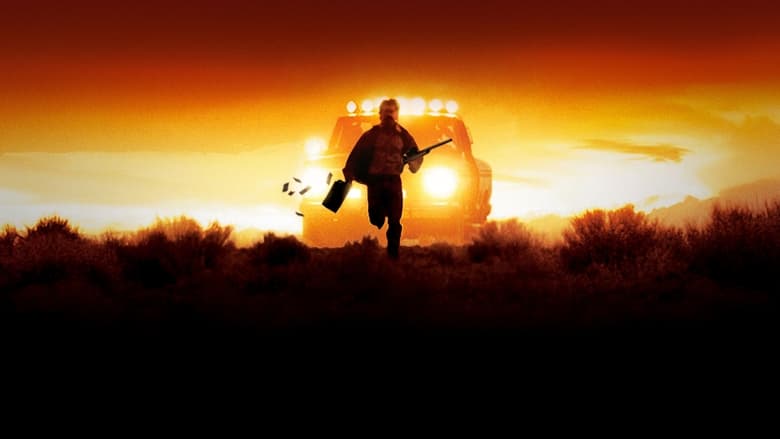
9. The Machinist (2004)
Brad Anderson's The Machinist is a psychological thriller that delves into the fractured psyche of Trevor Reznik, a machinist plagued by insomnia and paranoia. Christian Bale underwent a drastic physical transformation for the role, losing a significant amount of weight to portray the character's emaciated and deteriorating condition. The film's dark and unsettling atmosphere, coupled with Bale's intense performance, creates a palpable sense of unease and suspense. The ambiguous narrative and surreal imagery leave the audience questioning the nature of reality and the protagonist's sanity. Bale reportedly consumed only an apple and a can of tuna per day to achieve his extreme weight loss for the role.

8. Requiem for a Dream (2000)
Darren Aronofsky's Requiem for a Dream is a harrowing and visually stunning depiction of addiction and its devastating consequences. Ellen Burstyn delivers a heartbreaking performance as Sara Goldfarb, an elderly woman who becomes addicted to diet pills in the hopes of fitting into her favorite dress, while Jared Leto, Jennifer Connelly, and Marlon Wayans portray young adults struggling with heroin addiction. The film's use of rapid editing, close-up shots, and a haunting score creates a sense of claustrophobia and escalating desperation, making it a truly unforgettable and disturbing experience. The film's score, composed by Clint Mansell, has become iconic and is frequently used in other films and trailers to evoke a sense of dread and despair.

7. American History X (1998)
American History X is a powerful and disturbing look at the destructive nature of hate and the possibility of redemption. Edward Norton delivers an Oscar-nominated performance as Derek Vinyard, a former neo-Nazi skinhead who is released from prison and attempts to prevent his younger brother from following in his footsteps. The film's stark black-and-white flashbacks contrast with the present-day color, highlighting the stark reality of Derek's past and the potential for change. The film's unflinching portrayal of racism and violence makes it a difficult but important viewing experience. Edward Furlong was initially cast as Danny Vinyard, but was replaced by Edward Norton before filming began.
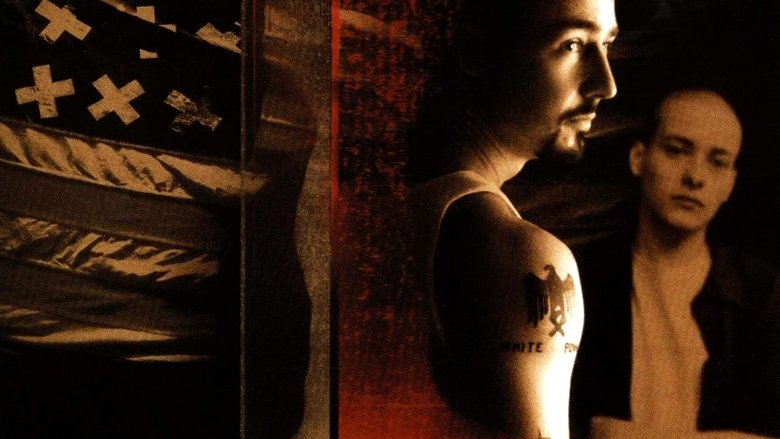
6. Oldboy (2003)
Park Chan-wook's Oldboy is a brutal and emotionally charged revenge thriller that explores themes of imprisonment, manipulation, and the devastating consequences of vengeance. Choi Min-sik delivers a tour-de-force performance as Oh Dae-su, a man mysteriously imprisoned for 15 years and then suddenly released, with only five days to uncover the reason for his captivity and exact his revenge. The film's unflinching violence, shocking plot twists, and masterful direction make it a landmark in Korean cinema. The famous hallway fight scene was filmed in a single take, showcasing the film's incredible choreography and Chan-wook's dedication to realism.

5. Natural Born Killers (1994)
Oliver Stone's Natural Born Killers is a visually audacious and highly stylized satire of media glorification of violence. Woody Harrelson and Juliette Lewis star as Mickey and Mallory Knox, a couple who become infamous for their cross-country killing spree. The film's use of unconventional camera angles, editing techniques, and color filters creates a chaotic and disorienting experience, mirroring the characters' distorted worldview. Although controversial for its depiction of violence, the film's commentary on society's obsession with sensationalism remains relevant. Quentin Tarantino has a story credit on the film but disowned the final product, citing Stone's alterations to his original script.

4. A Clockwork Orange (1971)
Stanley Kubrick's A Clockwork Orange is a controversial and visually arresting exploration of free will, violence, and societal control. Malcolm McDowell's unforgettable performance as Alex DeLarge, a charismatic and ultra-violent youth, is both captivating and disturbing. The film's use of classical music juxtaposed with scenes of brutality creates a jarring and unforgettable experience. Its themes of government intervention and the nature of good and evil continue to provoke debate and make it a timeless, if unsettling, masterpiece. Kubrick famously withdrew the film from distribution in the UK due to the controversy and copycat crimes it allegedly inspired.
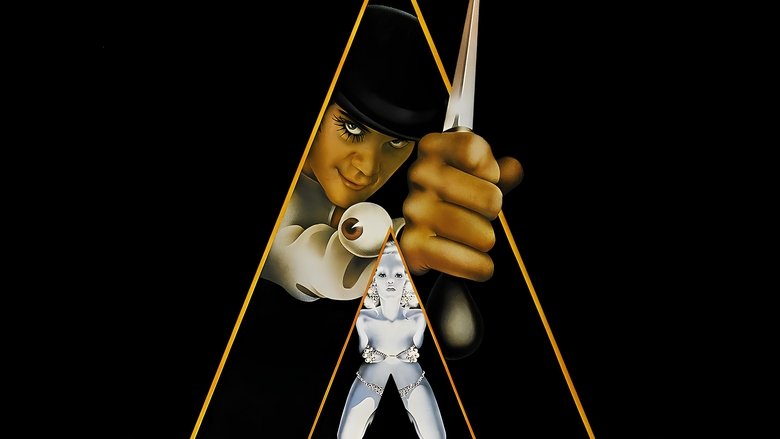
3. Se7en (1995)
David Fincher’s Se7en is a dark and unforgettable descent into the depths of human depravity. Morgan Freeman and Brad Pitt deliver compelling performances as detectives tracking a serial killer who uses the seven deadly sins as his gruesome modus operandi. The film's bleak atmosphere, unsettling imagery, and intellectual approach to crime make it a standout in the thriller genre. The relentless tension and shocking conclusion solidify its place as a truly disturbing and thought-provoking cinematic experience. Originally, the studio wanted a happier ending, but Fincher threatened to walk away from the project if they changed it.
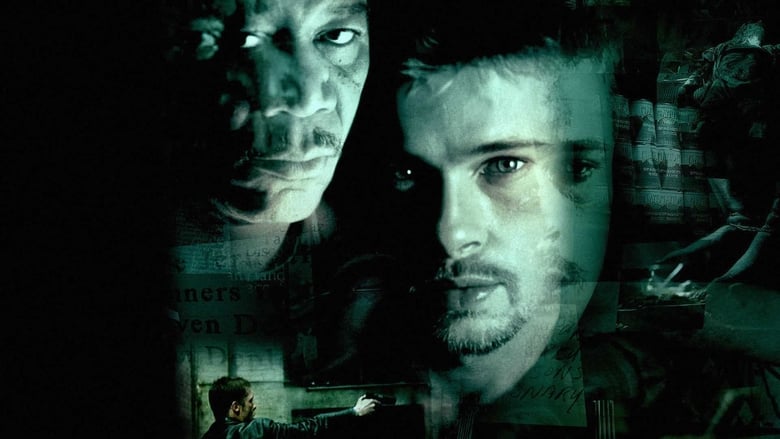
2. American Psycho (2000)
Mary Harron's adaptation of Bret Easton Ellis's American Psycho is a chilling and darkly comedic look at the emptiness of materialism and the disturbing banality of evil. Christian Bale's portrayal of Patrick Bateman is iconic, a chillingly charming Wall Street executive masking a murderous rage beneath a veneer of expensive suits and meticulous skincare. The film's sharp satire and moments of shocking violence create a disturbing portrait of a man consumed by his own desires and disconnected from reality. A fun fact, Leonardo DiCaprio was originally cast as Patrick Bateman but dropped out due to creative differences and concerns about the film's violent content.
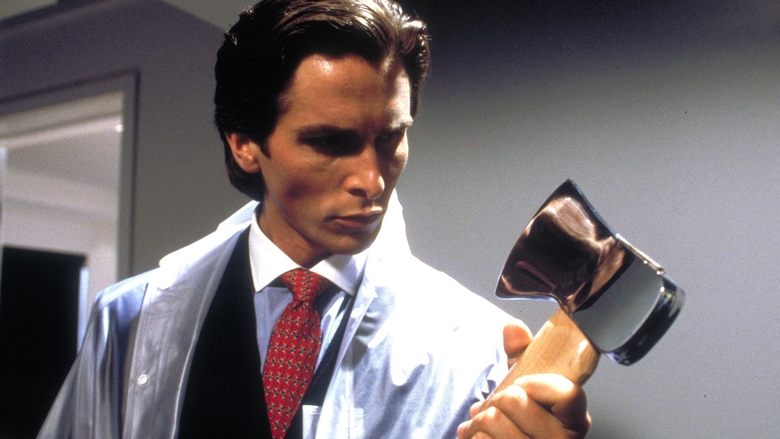
1. Fight Club (1999)
David Fincher's masterpiece, Fight Club, is a visceral exploration of male angst, consumerism, and the search for meaning in a hollow world. Edward Norton delivers a captivating performance as an unnamed narrator, an insomniac office worker seeking escape, while Brad Pitt embodies the charismatic and destructive Tyler Durden. The film's aggressive energy is palpable, fueled by a raw, industrial soundtrack and stunning visual style. Its exploration of identity and rebellion continues to resonate, sparking debate and solidifying its place as a defining film of its generation. Did you know that Helena Bonham Carter insisted her character, Marla Singer, dress as if she were buying her clothes from thrift stores?
